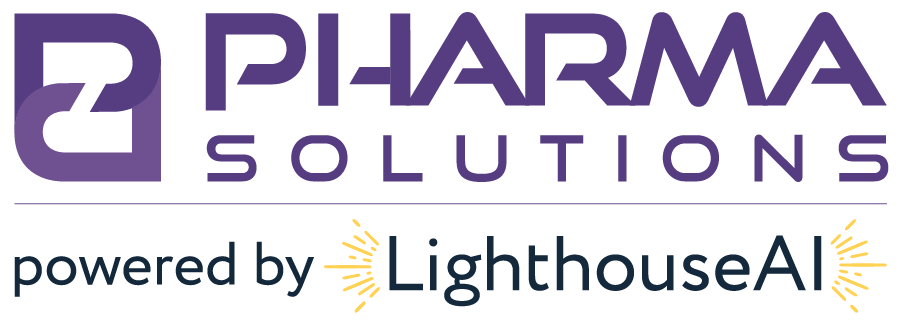New Version of the NABP DDA P&P Assessment Released
NABP has released a new version of its Policy and Procedure Assessment for Drug Distributor Accreditation. We analyzed the 4 removed standards and provide insight on the 10 new/revised standards.
Background:
Policies and Procedures (P&P) are the true backbone of the NABP Drug Distributor Accreditation (DDA) process. The revisions to the P&P Assessment are not too extensive, which is somewhat expected for a 16-year-old program.
Analysis:
The new standards span multiple categories, but the most significant changes relate to Operations. New standards are implemented to ensure P&P adherence, as well as a new requirement for a formalized quality assurance program. P&P is a huge point of focus for NABP DDA inspectors as the NABP relies on policies and procedures when determining if an applicant’s operational activities are compliant with NABP DDA standards. A big focus of our consulting practice is ensuring proper documentation – and a well maintained P&P revision section is one of the best ways to ensure that.
The other standard of note is the explicit inclusion of a quality assurance program. Since at least January 2017, NABP DDA inspectors would question applicants on their quality assurance program during the site-survey; unfortunately, they often took applicants by surprise since there was no mention in the P&P assessment about a quality assurance program. We implement a quarterly quality assurance and improvement program for all of our clients by focusing on 10 to 15 “common” topics to review. The topics reviewed typically focus on diversion prevention and drug integrity, including theft/loss, temperature excursion, customer complaints, and more.
Standards added to the other two categories, Housekeeping and Quarantine, are more expected changes, and really just serve to clarify or expand on existing standards.
Applicants should also be aware that there have been changes made to the “Does Not Apply To” section, particularly for companies with API Distribution, Virtual Distribution, and Manufacturing business models
Standards add to the 2020 Version:
- Operations
- Process ensuring that proper documentation is in place, including processes for proper version control, effective dates, and change history and ensuring that only the most current version is available for use.
- Process for a formalized, thorough, and documented quality assurance program that monitors critical areas of operations for product receipt, storage, and distribution activities (e.g. inventory control and accuracy, shortages/overages/damages, investigations, complaints, employee safety).
- Housekeeping
- The custodial process provides general requirements, including documented, scheduled cleaning tasks, approved cleaning agents, etc.
- The pest control process provides general requirements, including documented monthly inspections, use of EPA-approved pesticides, and maintenance of safety data sheets.
- Quarantine, Disposition, Returns, and Disposal
- Process for identifying and handling short-dated/outdated drugs and/or devices that must be segregated from other drugs and devices (quarantined). This process must include at what point the short-dated products are removed from saleable inventory (eg, three months, 30 days).
- Documentation of products to be destroyed.
Standards removed from the May 2018 version:
- Verification (Section 582 of the FD&C Act)
- maintaining records of the disposition of an illegitimate product for no less than six years after the conclusion of the disposition.
- Quarantine, Disposition, Returns, and Disposal
- Process for identifying and handling outdated drugs and must be segregated from other drugs and devices (quarantined)
- Process for returning the non-saleable product to the manufacturer, repackager, or wholesale distributor from whom such product was purchased, or to a person acting on behalf of such entities, such as a returns processor or reverse logistics provider, without providing product tracing information consistent with section 582 of the FD&C Act.
- Documentation of returning to active stock or disposal.
- Records:
- Process for maintaining pedigree records prior to 1/1/15 (for three years from creation, at a minimum).
Updated wording for the 2020 Version:
- Verification (Section 582 of the FD&C Act)
- A process to respond to all verification requests (allows for the use of a secure electronic database developed by the applicant or a secure electronic database developed or operated by another entity to meet the verification requirements, but does not relieve the applicant of the requirement to respond to verification requests).
- Humidity Standards
- Humidity monitoring equipment calibration frequency should be at least annually or according to manufacturer recommendation (time frame must be specified if using manufacturer recommendation).
- Inventory Controls
- Process for reporting identified criminal activities with regard to prescription drug and device inventory to the state agencies that licensed the facility (e.g. the Board of Pharmacy), FDA and Drug Enforcement Administration (DEA) (if applicable) in accordance with state and federal laws within three business days of suspected criminal activity (if DSCSA-related, it must be reported within 24 hours to FDA, per Verification Focus Point above).
- Shipping/Outbound
- Process for maintaining proper temperature controls in shipments of temperature-sensitive drugs and/or devices labeled as refrigerated, frozen, do not freeze, etc. (note that virtual distributors must provide these specifications to the appropriate 3PL for distribution of temperature-sensitive products).




0 Comments